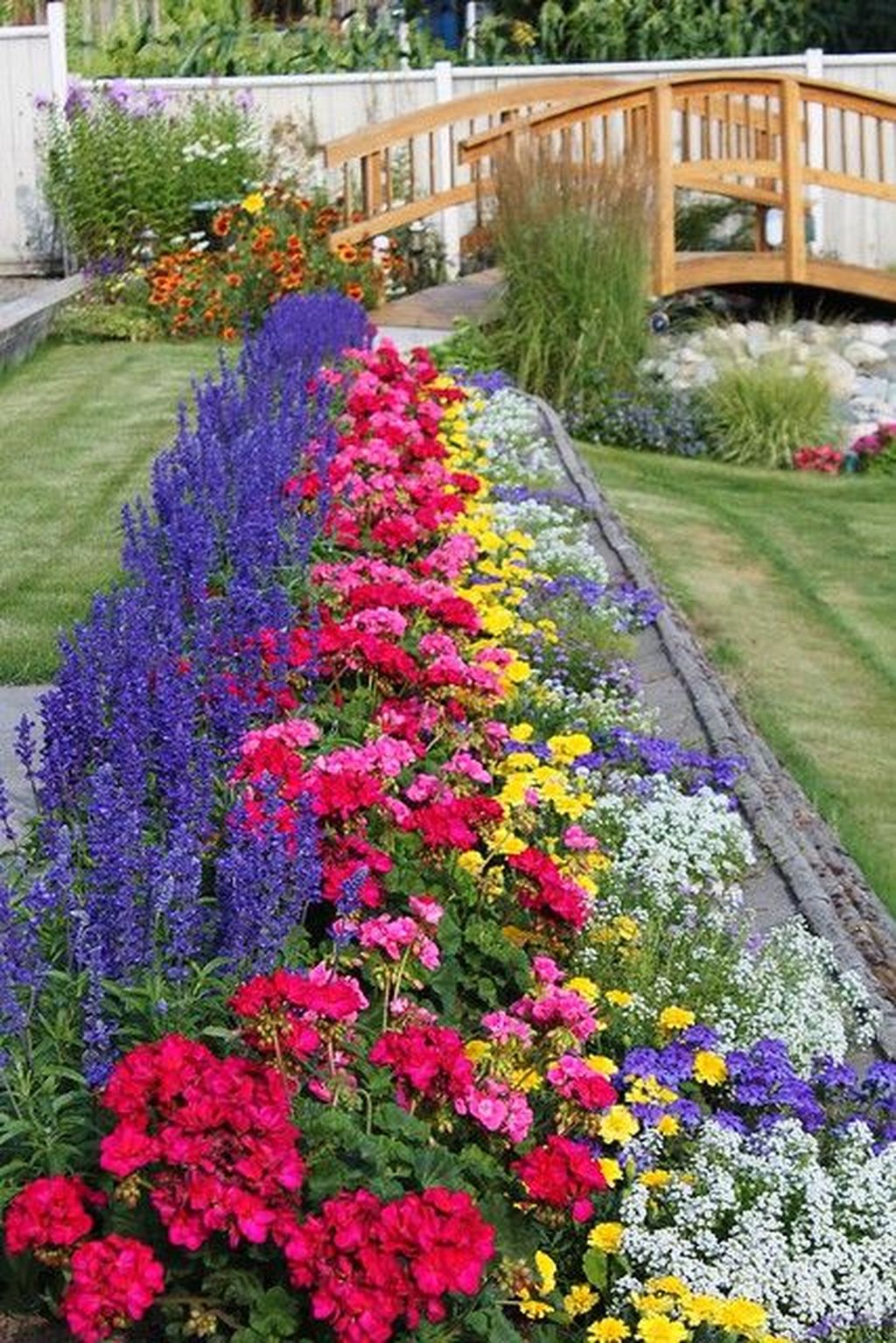How to Grow Edible Flowers in Your Garden

Imagine transforming your garden into a vibrant, edible oasis where beauty and utility intertwine. Edible flowers not only add a splash of color to your plates but also bring a unique twist to your culinary creations. Whether you're a seasoned gardener or a novice looking to expand your home garden, growing edible flowers is a delightful and rewarding experience. Let's dive into the world of edible flower gardening and discover how you can cultivate these culinary gems in your own backyard.
Why Grow Edible Flowers?
Edible flowers are not just a feast for the eyes; they also offer a range of health benefits. Rich in vitamins, minerals, and antioxidants, these flowers can enhance the nutritional value of your meals. Moreover, they add a pop of color and a burst of flavor to salads, desserts, and even cocktails. Growing edible flowers is a fantastic way to combine your love for flower gardening with your passion for organic gardening.
Choosing the Right Edible Flowers
Before you start planting, it's essential to choose the right edible flowers for your garden. Some popular options include:
- Nasturtiums: Known for their bright, peppery flavor, nasturtiums are perfect for salads and sandwiches.
- Calendula: These vibrant orange and yellow flowers have a mild, slightly bitter taste and are often used in teas and salads.
- Borage: With a cucumber-like flavor, borage flowers are great in salads and cocktails.
- Pansies: These delicate flowers come in a variety of colors and have a mild, slightly sweet taste.
- Lavender: While not all varieties are edible, culinary lavender adds a floral note to desserts and beverages.
Preparing Your Garden
Creating the perfect environment for your edible flowers is crucial. Here are some steps to help you prepare your garden:
Soil Preparation
Edible flowers thrive in well-drained, nutrient-rich soil. Adding compost or organic matter to your soil can improve its quality. Ensure the soil pH is suitable for the specific flowers you plan to grow.
Sunlight and Water
Most edible flowers require plenty of sunlight, ideally 6-8 hours a day. Water your plants regularly, but avoid overwatering, as this can lead to root rot. Aim for a balanced watering schedule that keeps the soil consistently moist.
Spacing and Layout
Plan your garden layout carefully to maximize space and ensure proper air circulation. Different flowers have varying space requirements, so be sure to check the specific needs of each plant.
Planting and Caring for Your Edible Flowers
Once your garden is prepared, it's time to plant your edible flowers. Here are some tips to help you get started:
Seed Selection
Choose high-quality, organic seeds from reputable sources. This ensures that your flowers are free from pesticides and other harmful chemicals.
Planting Techniques
Follow the seed packet instructions for planting depth and spacing. Some flowers can be started indoors and transplanted later, while others do best when sown directly into the garden.
Maintenance
Regularly weed your garden to prevent competition for nutrients and water. Mulching can help retain moisture and suppress weeds. Prune your plants as needed to encourage bushier growth and more flowers.
Harvesting and Using Edible Flowers
Harvesting your edible flowers is a rewarding experience. Here are some tips to ensure you get the most out of your harvest:
Timing
Pick flowers in the morning when they are at their freshest. Choose flowers that are fully open and free from blemishes.
Storage
Store your harvested flowers in the refrigerator in a sealed container. Use them within a few days for the best flavor and freshness.
Culinary Uses
Experiment with different ways to incorporate edible flowers into your meals. Sprinkle them on salads, use them as garnishes, or infuse them into oils and vinegars. The possibilities are endless!
Conclusion
Growing edible flowers in your garden is a delightful way to combine beauty and utility. From choosing the right flowers to preparing your garden and caring for your plants, each step brings you closer to a vibrant, edible oasis. Embrace the joy of flower gardening and organic gardening, and let your culinary creativity flourish with these edible gems.
FAQs
Are all flowers edible?
- No, not all flowers are edible. Some flowers are toxic and can cause illness if consumed. Always research and ensure the flowers you plan to grow are safe to eat.
How do I know if a flower is edible?
- Consult reliable sources such as gardening books, websites, or local nurseries. Look for specific labels indicating that a flower is edible.
Can I grow edible flowers in pots?
- Yes, many edible flowers can be grown in pots. Choose containers with good drainage and use high-quality potting soil.
What are some common uses for edible flowers?
- Edible flowers can be used in salads, desserts, cocktails, teas, and as garnishes. They add both visual appeal and unique flavors to your dishes.
How do I store edible flowers after harvesting?
- Store harvested edible flowers in the refrigerator in a sealed container. Use them within a few days for the best flavor and freshness.
By following these guidelines, you can transform your garden into a culinary paradise filled with beautiful and delicious edible flowers. Happy gardening!


0 Response to "How to Grow Edible Flowers in Your Garden"
Post a Comment